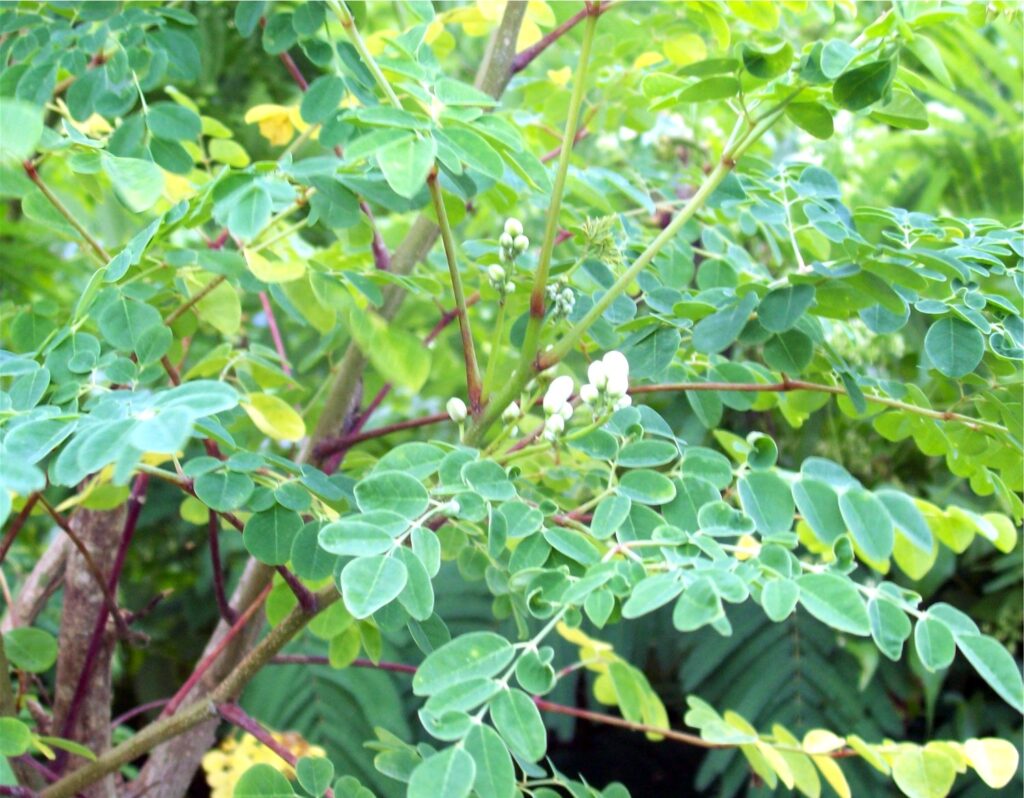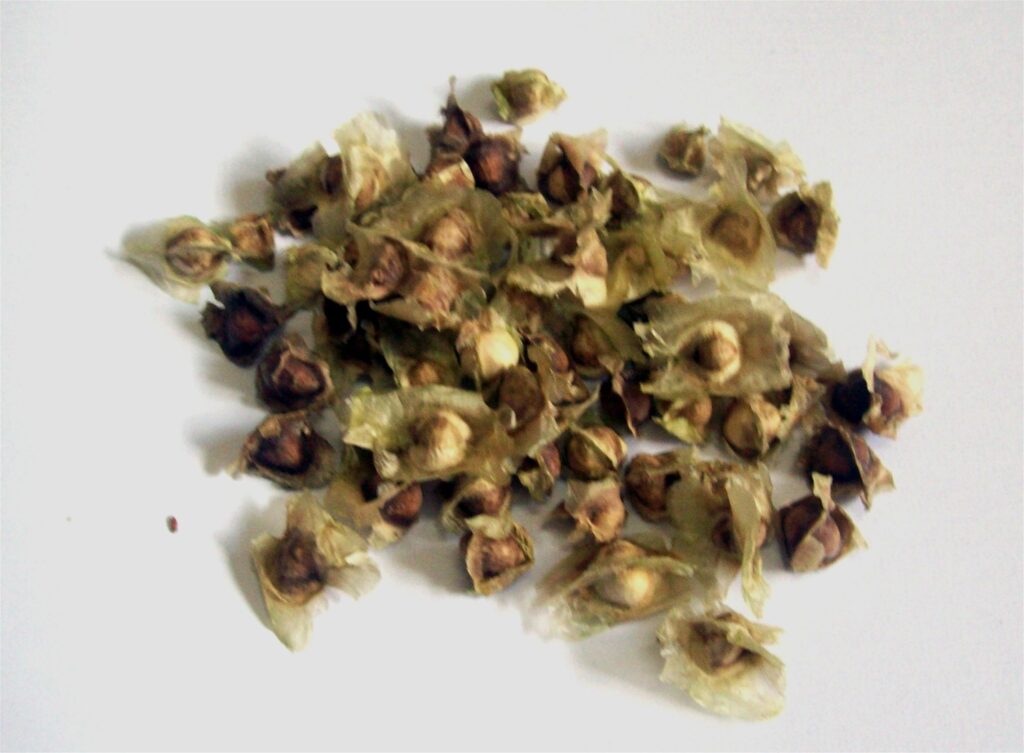Text and Photos by Henrylito D. Tacio
“Water is the most precious asset on Earth,” says Sandra Postel, director of the Massachusetts-based Global Water Policy Project. “It is the basis of life.” Ideally, a person should have at least 50 liters of water each day to meet basic needs – drinking, food preparation, cooking and cleaning up, washing and personal hygiene, laundry, and house cleaning.
When there is a water shortage, the Jekyll-and-Hyde paradox comes alive: from giving life, the water turns into a “killing machine.” “I understood when I was just a child that without water, everything dies,” Marq de Villiers once observed.
Some 88 percent of waterborne and water-related diseases worldwide are attributed to unsafe water supply, bad sanitation, and unhygienic practices that mostly hit the poor, weak and sick, especially children in developing countries, including the Philippines.

In 24 provinces, one of every five residents quaffs water from dubious sources, the Philippine Human Development Report says. These provinces are Sulu, Tawi-Tawi, Maguindanao, Basilan, Masbate, Zamboanga del Norte and Sur, Negros Oriental and Occidental, Sultan Kudarat, Palawan, Camarines Norte, Leyte, Misamis Occidental, Apayao, Quezon, North Cotabato, Bukidnon, Iloilo, Guimaras, Agusan del Sur, Nueva Vizcaya, Ilocos Norte, and Benguet.
In Tawi-Tawi province, 82 out of every 100 residents lack safe water. Compare that with three in Bataan province and 39 in Capiz. It is obscene “if people cannot drink water without courting disease or death,” deplores Postel, who wrote The Last Oasis.
As there is that “danger of scarcity of water supply” in the country, people can tap the rivers as a source of drinking water. According to Ramon J.P. Paje, head of the Department of Environment and Natural Resources, the country is blessed with 421 principal river basins.
Unfortunately, most of the country’s rivers that run through thickly populated areas are already polluted, making their water unsafe to drink or used for cooking, washing, or even bathing.
But the question is: is river water safe to use – especially for drinking? “The water from the river carries silt particles, solids, bacteria and other microorganisms (some of which can carry disease),” explain Geoff Folkard and John Sutherland, members of the Environmental Engineering Group at the University of Leicester in the United Kingdom. “It is very important to remove as much as possible of this material before people use the water.”
Large water treatment facilities do so by adding chemical coagulants to the water. “Coagulants cause the particles to stock together and sink,” Folkard and Sutherland inform. “The clean water can then be poured off.”
In rural areas, the correct chemicals may be unavailable or too expensive. So Folkard and Sutherland suggest an alternative – “a natural coagulant usually made from plants.” The two are referring to malunggay, which has been used for centuries on a small scale.
Malunggay is known in the science world as Moringa oleifera. The seeds of this plant are what is being used as a water purifier. “Moringa grows rapidly from seed or cutting, even in poor soils. It needs little care and can survive long periods of drought,” the two authors write.

Seed pods are left to mature on the tree and harvested when dry. The light ‘wings’ and shells of the seeds are easily removed, leaving the white seed kernels. These are finely crushed and pounded, using a pestle and mortar. “The amount of seed needed to treat river water depends on how much suspended matter the water contains,” they write.
To treat 20 liters of water, about two grams of crushed is needed. A small amount of clean water is added to the crushed seed to form a paste. The paste is placed into a clean bottle. A cup (200 milliliters) of clean water is added, and the bottle is shaken for five minutes. This action activates the chemicals in the crushed seed.
The solution is filtered through a white cotton cloth into a 20-liter bucket of river water. The contents are stirred rapidly for two minutes, followed by slow stirring for 10-15 minutes. “During the slow mixing period, the moringa seed binds together the fine particles and bacteria into larger particles which sink and settle at the bottom of the bucket,” Folkard and Sutherland contend. “After an hour, clear water can be drawn off.”
According to the two authors, the process removes 90 to 99.9 percent of the bacteria, which are attached to the solid particles, as well as clearing the water. However, some harmful microorganisms still in the water may not be removed, “especially if the water is badly polluted.”
For drinking water, further purification is recommended – either by boiling or with a simple sand filter. As for the dried seeds not used in the process or already powdered, they can be stored in a safe place. However, the paste must be prepared fresh each time it is used for water purification.
“Our trials using moringa seed gave water purification results which were just as good as those obtained with commercial chemicals – at a fraction of the cost,” Folkard and Sutherland claim. “Many developing countries could save huge amounts of money by adopting these ideas.”

